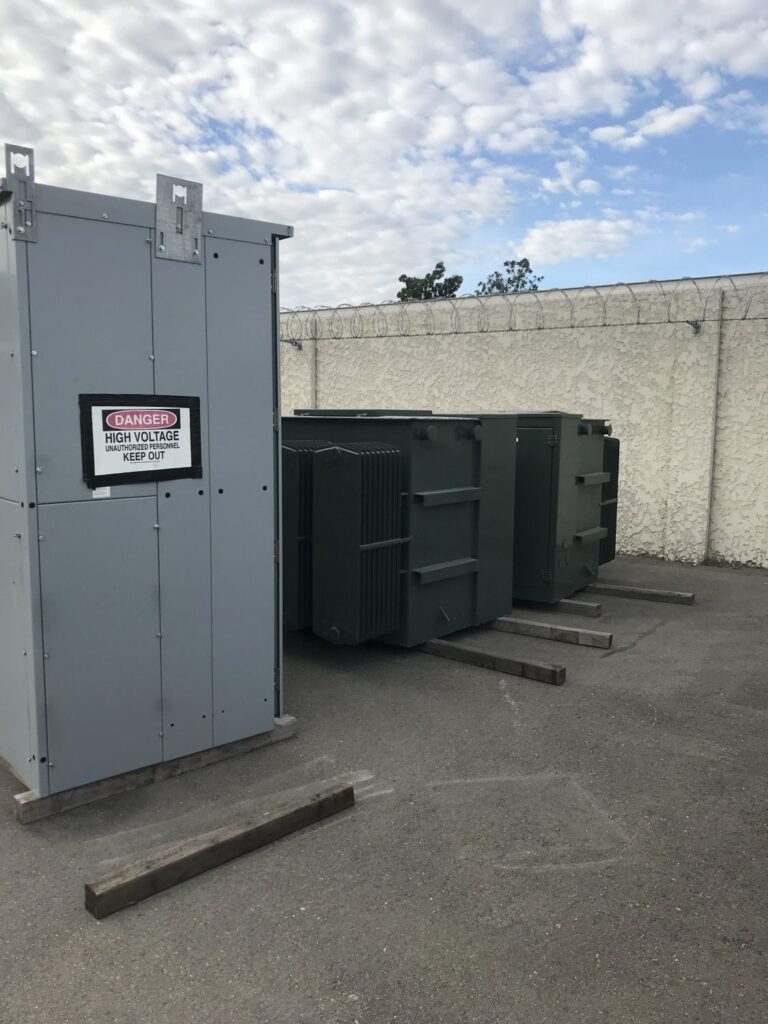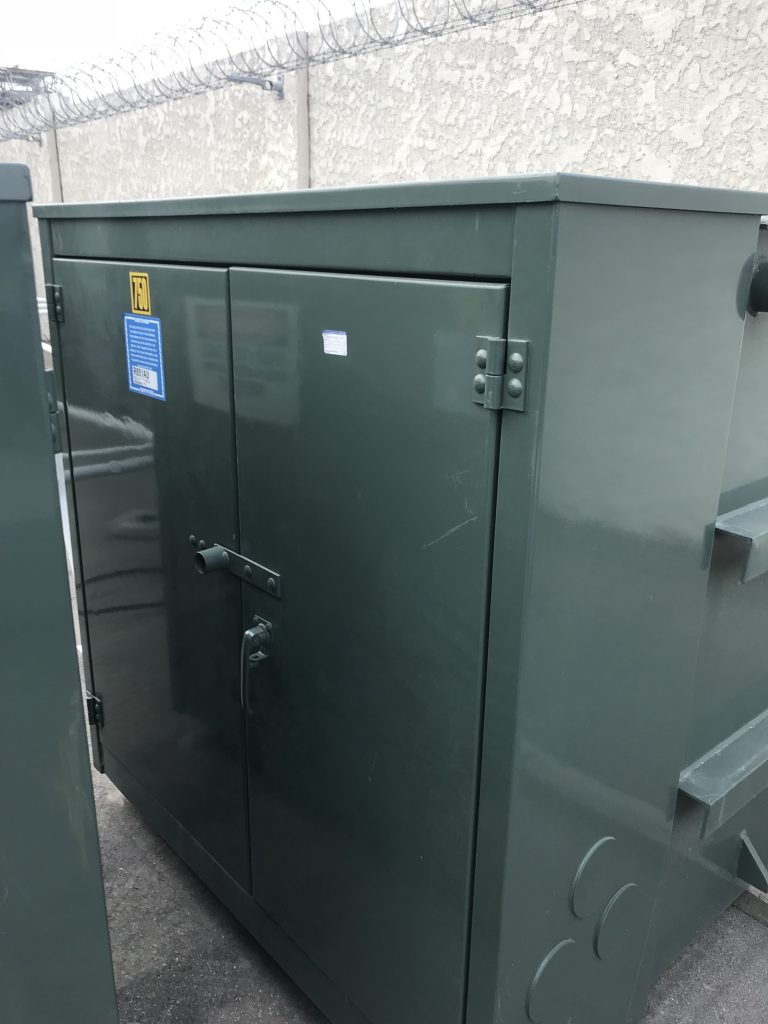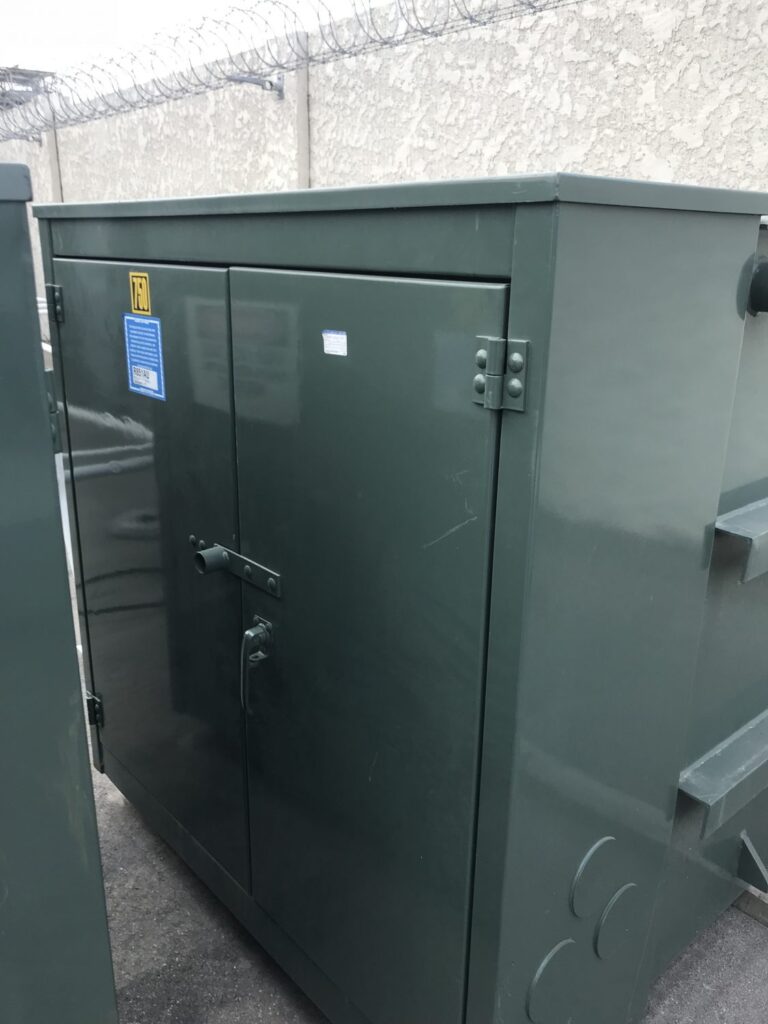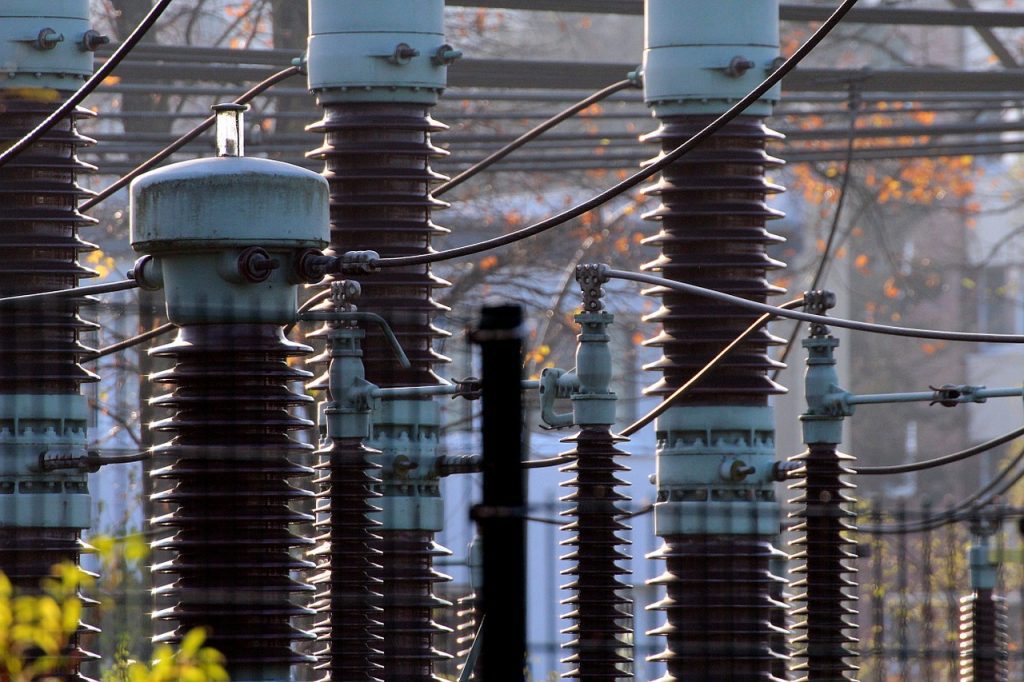Learn The Importance of Recycling Transformers
Call (951) 733-6603 | Electrical Surplus Buyers
The recycling of transformers is a critical practice in the realm of electrical infrastructure management, blending environmental stewardship with operational efficiency. As global energy demands escalate and technological advancements continue, the lifecycle of transformers becomes increasingly relevant for businesses striving to align operational needs with environmental considerations. This blog dives into the significance, process, and benefits of transformer recycling, providing valuable insights for businesses and organizations aiming to navigate this crucial aspect of modern electrical management. If you’re contemplating the disposal or recycling of transformers, our company offers comprehensive services, ensuring your decisions are informed, environmentally compliant, and aligned with your business objectives.
Transformer recycling is an intricate and essential process, focusing on maximizing material recovery while minimizing environmental impact. Transformers consist largely of metals such as copper and steel, as well as insulating oil, which are all recyclable. The process begins with the careful extraction and treatment of transformer oil, often laden with potentially harmful chemicals like PCBs (Polychlorinated Biphenyls). This oil must be handled and processed under strict environmental regulations to prevent contamination. Once safely extracted, the oil can be either purified and reused or disposed of responsibly. The dismantling of the transformer’s metallic components follows. Copper and aluminum, commonly found in windings, are valuable materials that can be melted and repurposed in various industrial applications. Additionally, recycling the steel from transformers contributes to the raw material supply chain, reducing the environmental burden associated with new material processing and mining.
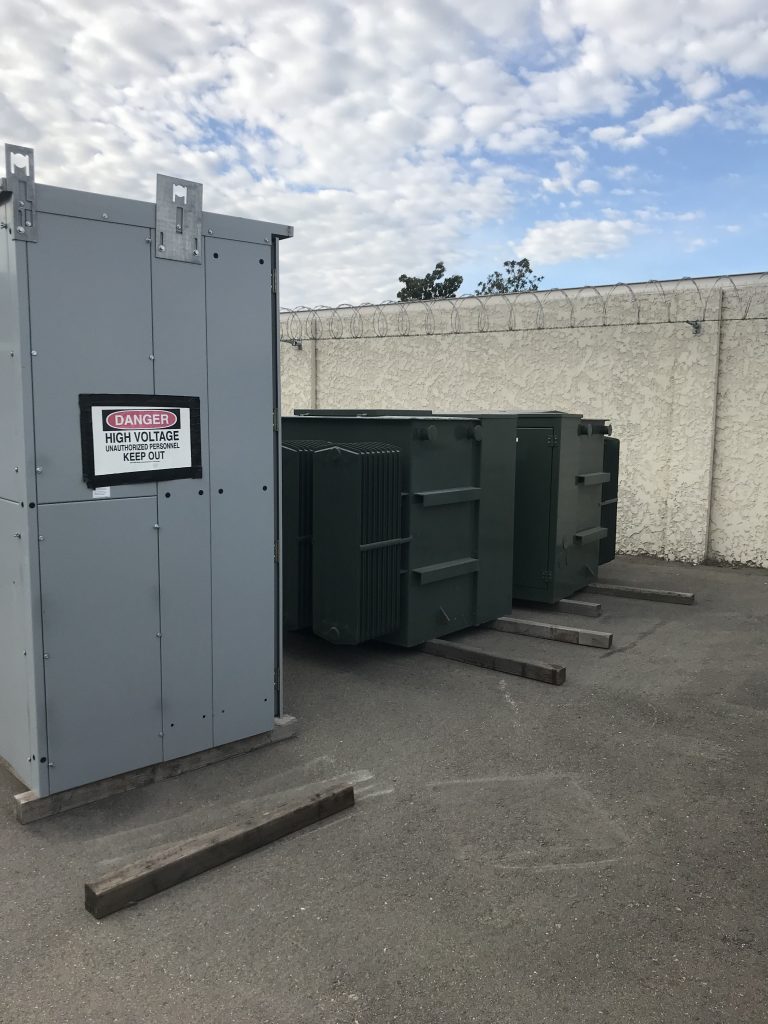
Interested in Recycling Transformers for Cash?
Call (951) 733-6603 | Why Wait Any Longer?
Despite its importance, transformer recycling poses several challenges. The size and complexity of transformers necessitate specialized equipment and skilled expertise for safe and efficient dismantling. Furthermore, older transformers, potentially containing hazardous substances like PCBs, require handling and disposal in strict adherence to environmental and safety standards. The benefits of transformer recycling, however, are significant. This process not only aligns with environmental regulations but also plays a crucial role in conserving resources, reducing the need for raw material extraction and mitigating environmental impacts associated with new material processing. Moreover, embracing recycling and sustainable practices enhances a company’s reputation for corporate responsibility, aligning with global sustainability efforts and consumer expectations for environmental conscientiousness.
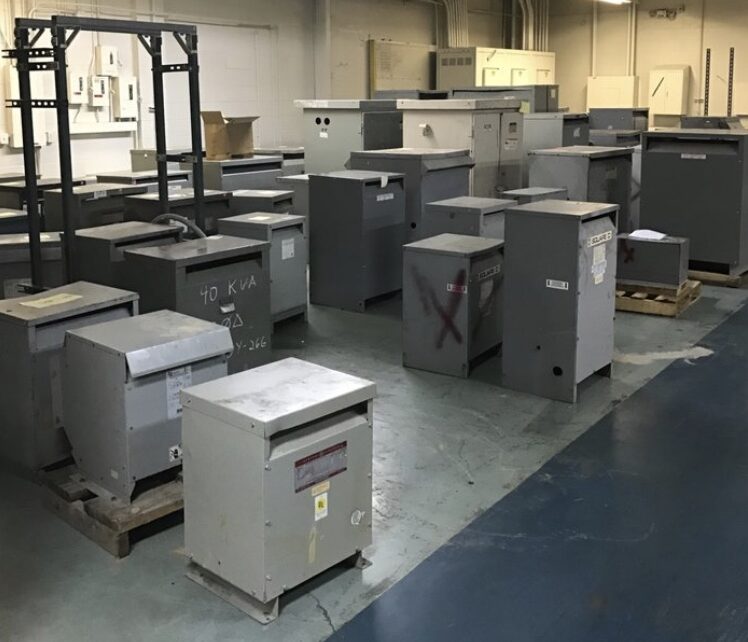
We Specialize in Recycling Transformers for Top Dollar
Call (951) 733-6603 | Electrical Surplus Buyers
In conclusion, the recycling of transformers is a vital component in electrical power management, essential for environmental sustainability and resource efficiency. If your organization is looking to dispose of or recycle transformers responsibly, our company is here to assist. We offer expert assessment, competitive pricing, and environmentally responsible recycling services, ensuring your transformers are managed in a manner that is beneficial both to your business and the environment. Contact us to utilize our expertise in transformer recycling and take a significant step towards sustainable business practices and environmental conservation.
For businesses and entities with transformers nearing the end of their lifecycle or no longer meeting operational standards, opting to recycle these assets is an important move towards a more sustainable and responsible future. Reach out to our company for guidance and support in managing the complexities of transformer recycling. We ensure a smooth, compliant, and environmentally friendly approach, helping you contribute positively to global sustainability initiatives.


